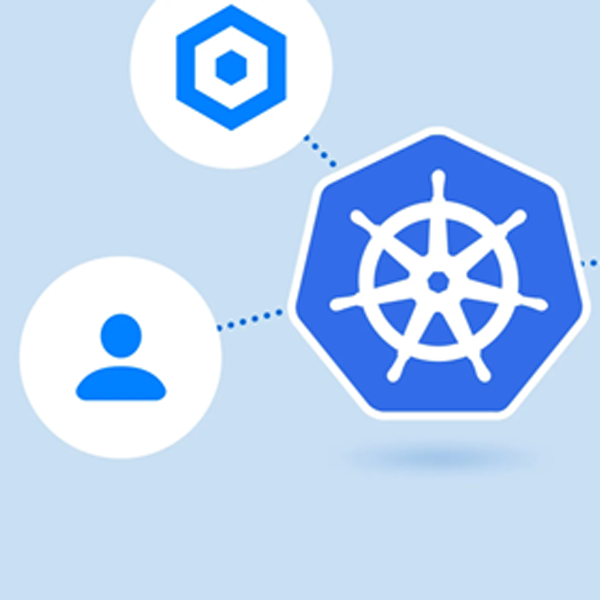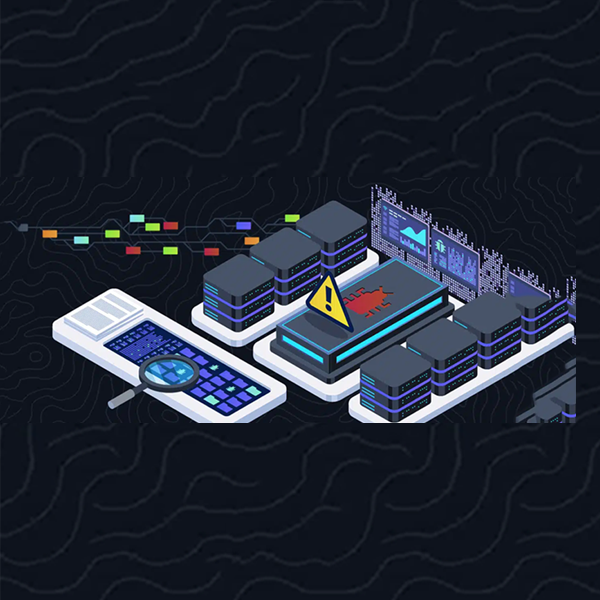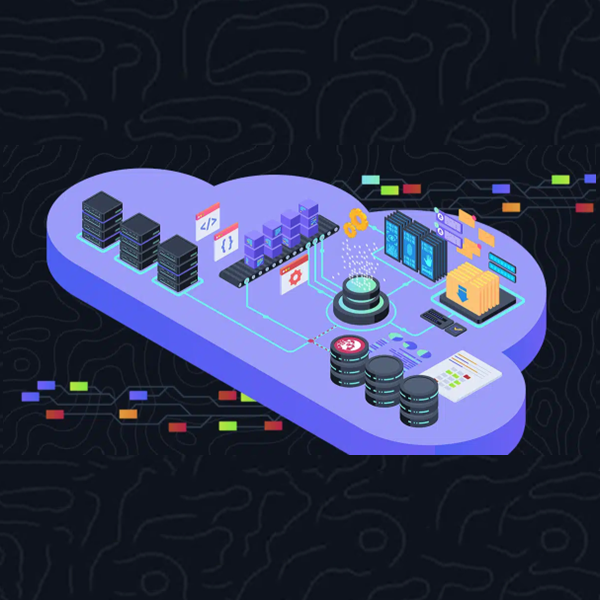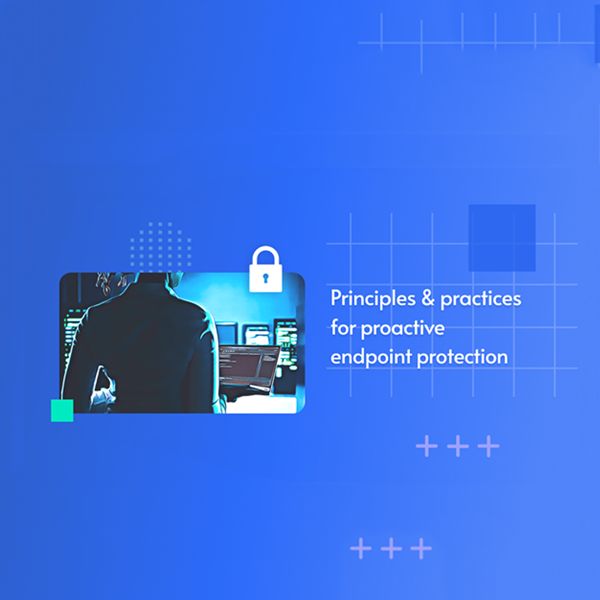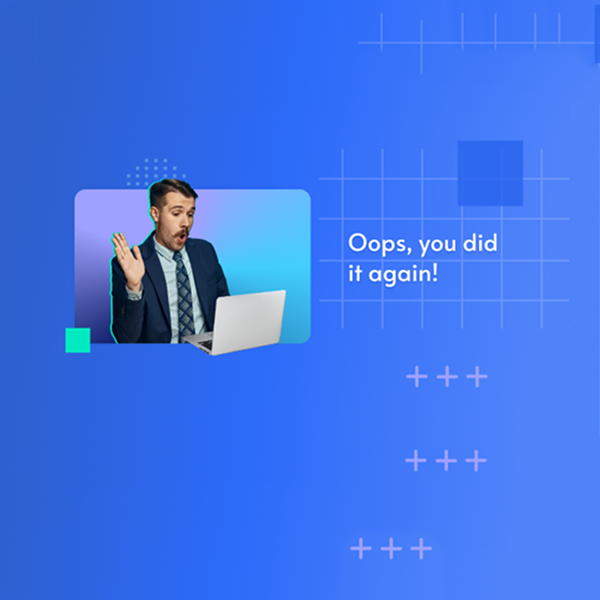Governance, Risk and Compliance (GRC) is a set of business management practices and policies that ensures regulatory compliance, risk management and effective governance in organisations. In the Software Development Life Cycle (SDLC), GRC is of utmost importance as it helps organisations identify and manage risks and regulatory compliance related to software development and information systems.
With the increasing reliance on software and information systems across all industries, organisations face increasing challenges in ensuring security, privacy, and regulatory compliance. The Zero Trust architecture is one example of how organisations can address these security challenges in their technology environments.
By implementing a Zero Trust architecture, organisations adopt a “never trust, always verify” mentality.
Every access request to technology resources, whether internal or external, is verified to ensure that only authorised individuals and devices can access the necessary information. This process aids in safeguarding against both internal and external threats.
Effective GRC program
Implementing an effective GRC (Governance, Risk, and Compliance) program in the SDLC (Software Development Life Cycle) requires organisations to establish clear policies and processes for risk management, compliance, and training.
To manage risks effectively, organisations must identify threats and potential risks early in the development cycle and have a plan to address them. This requires a systematic approach to risk management, including regular risk assessments, risk analysis, and risk mitigation planning. Organisations should also establish a risk management framework that defines roles and responsibilities and the procedures for identifying, assessing, and managing risks throughout the SDLC.
Ensuring compliance with applicable regulations is essential to implementing an effective GRC program in the SDLC.
There are various regulations and standards that organisations need to comply with, such as data privacy laws (e.g., GDPR), security standards (e.g., ISO 27001), and industry regulations (e.g., PCI DSS). Organisations need to understand the specific requirements of these regulations and standards and develop policies and procedures to meet them.
Developing and implementing policies and procedures to meet regulatory requirements like the ones presented before involves various activities, such as defining security controls and procedures to comply with them and communicating these policies and procedures to relevant stakeholders. Establishing a compliance monitoring program to ensure ongoing compliance with these regulations and standards is also essential.
The compliance monitoring program typically involves monitoring and reporting compliance metrics, conducting regular compliance audits and assessments, and implementing corrective actions to address identified compliance gaps. Organisations can ensure they meet regulatory requirements and reduce non-compliance risk by establishing a robust compliance monitoring program.
Providing adequate training for employees involved in the SDLC is crucial to the success of a GRC program. This includes training on risk management, compliance requirements, and best practices for software development. By providing employees with the knowledge and skills they need to manage risks and comply with regulations, organisations can reduce the likelihood of security breaches, noncompliance, and other issues that can compromise the integrity of their software development processes.
Furthermore, collaboration and communication between development, security, and compliance teams are key to ensuring the effectiveness of the GRC program.
In brief, GRC is paramount in the software development lifecycle to ensure regulatory compliance and information systems security. Implementing a Zero Trust architecture is one of many strategies organisations can implement to improve security and compliance in their technology environments. However, it is important to remember that an effective GRC program requires an ongoing commitment to compliance and security at every stage of the SDLC.
Methodology
An effective methodology for secure software development is the Security by Design approach. This approach involves integrating security measures into all phases of the SDLC, from the beginning of the development process to the deployment and maintenance of the application. This includes identifying security risks, implementing appropriate security measures, and performing regular testing and auditing to ensure the application remains secure and compliant.
The steps encompassed by a Security by Design approach are the following:
- Requirements Analysis: Identify and document the security requirements for the software application. Identifying potential threats, vulnerabilities, and risks
- Design: Implement security measures into the design of the software application. This includes secure coding practices, security testing, and security architecture
- Development: Implement security measures into the development process. Using secure coding standards and tools, conducting security code reviews, and performing security testing
- Testing: Conduct comprehensive security testing to identify and resolve any security vulnerabilities in the application. Through penetration testing, vulnerability scanning, and threat modelling
- Deployment: Ensure that the application is deployed securely, including securing the infrastructure, using secure communication protocols, and implementing secure configurations
- Maintenance: Continuously monitor the application for security vulnerabilities and address any identified vulnerabilities. The responsibilities involve ensuring that the application and infrastructure remain current by applying patches and updates regularly, performing continuous security testing, and conducting periodic security audits
By integrating security measures into all software development life cycle phases, the Security by Design approach ensures that the application is secure and compliant with regulatory and industry standards. This methodology minimises the probability of security breaches and guarantees that the software application satisfies the security demands of its designated users.
Best practices
The significance of best practices in application security cannot be overstated, especially for organisations that rely on software to run their business operations. By adopting best practices, organisations can safeguard sensitive data and prevent malicious actors from exploiting vulnerabilities. To achieve this, GRC provides a strategic approach to ensure that software is developed and implemented securely and in compliance with regulatory requirements.
Microsoft offers a range of tools and frameworks that organisations can use to achieve secure application development and deployment. This underscores the importance of adopting a toolchain that supports GRC in the software development life cycle (SDLC).
Here are a few examples of tools and frameworks offered by Microsoft that support secure application development and deployment:
Microsoft Azure:
- Azure is a secure and scalable cloud computing platform provided by Microsoft. It offers a wide range of services and tools for application development and deployment.
- Official Microsoft Azure website: https://azure.microsoft.com/
Microsoft Secure Development Lifecycle (SDL):
- SDL is a set of practices and guidelines for building secure software. It provides a comprehensive approach to integrating security into the software development process. You can learn more about SDL here:
- Official Microsoft SDL website: https://www.microsoft.com/en-us/securityengineering/sdl
- Microsoft SDL Developer Center: https://www.microsoft.com/en-us/sdl/developer-center
Azure DevOps:
- Azure DevOps is a suite of development tools provided by Microsoft that supports the entire software development lifecycle. It includes features for source control, build automation, release management, and more. By leveraging Azure DevOps, organisations can implement security measures throughout their development processes.
- Azure DevOps documentation: https://docs.microsoft.com/en-us/azure/devops/?view=azure-devops-rest-7.1
Azure Security Center:
- Azure Security Center is a cloud-native security management tool that provides continuous monitoring and threat protection for Azure resources. It helps organisations identify and remediate security vulnerabilities in their applications and infrastructure.
- Azure Security Center documentation: https://docs.microsoft.com/en-us/azure/security-center/
Microsoft Identity Platform:
- The Microsoft Identity Platform is a set of authentication and authorisation services that help secure applications and APIs. It offers features like single sign-on (SSO), multi-factor authentication (MFA), and access control for protecting application resources.
- Microsoft Identity Platform documentation: https://docs.microsoft.com/en-us/azure/active-directory/develop/
Organisations must implement application security best practices to prevent security breaches and safeguard sensitive data. This is in line with the core objectives of GRC, which aim to ensure that organisations operate effectively and efficiently while minimising risk and maximising opportunities. In software development, GRC provides a framework for adopting best practices that support application security, risk management, and compliance.
By adopting GRC best practices in the SDLC, organisations can create and release software that adheres to security and compliance standards, thereby mitigating risk and guaranteeing application security at every stage of its life cycle.
Toolchain
A proactive approach to application security is essential to develop software effectively, and various tools are accessible to facilitate this objective. For instance, static source code analysis tools enable developers to detect security issues and vulnerabilities in the code before it is released into production.
Dynamic analysis tools can detect vulnerabilities at runtime, allowing developers to respond immediately and prevent exploitation. Automated security testing also plays an essential role in ensuring that applications are protected against known and unknown threats.
To establish an effective GRC program in the SDLC, adopting a toolchain that incorporates various tools and processes is essential, enabling the integration of security measures throughout the software development process. Using this comprehensive tool chain facilitates the integration of security considerations into all phases of the SDLC.
In conclusion, Microsoft’s solutions provide organisations with the tools and resources to develop and deploy secure applications, protecting sensitive data and minimising the risk of security breaches.
Conclusion
In today’s world, where software and information systems are central to organisations, it is crucial to prioritise their security and compliance. To achieve this, Governance, Risk and Compliance (GRC) provides a framework that enables organisations to identify, manage, and mitigate risks and ensure regulatory compliance throughout the software development life cycle (SDLC).
An effective GRC program can help organisations in the SDLC by identifying and mitigating security vulnerabilities, protecting customer data, and ensuring that applications comply with applicable regulations.
Microsoft’s Zero Trust architecture and Azure platform provide tools and solutions that support integrating security measures throughout the SDLC, allowing organisations to develop and deploy secure applications.
Given the critical importance of application security in today’s digital landscape, organisations must prioritise adopting effective GRC practices in the SDLC.
This involves establishing clear policies and processes for risk management, ensuring compliance with applicable regulations, and implementing a comprehensive toolchain to support the integration of security measures throughout the software development process.
As an individual or an organisation involved in software development, you can act by educating yourself and your team about GRC best practices, implementing effective security measures, and collaborating closely with product, security, and compliance teams. By doing so, you can help minimise the risk of security breaches, protect sensitive data, and ensure the compliance of your software applications with applicable regulations. Remember, an effective GRC program requires ongoing commitment and diligence at every stage of the SDLC to ensure the security and compliance of your applications.
References
Microsoft. (2023). Infrastructure and development security best practices. Retrieved from https://learn.microsoft.com/en-us/azure/cloud-adoption-framework/secure/security-best-practices-introduction
Microsoft. (2023). Microsoft Cloud Adoption Framework for Azure. Retrieved from https://learn.microsoft.com/en-us/azure/cloud-adoption-framework/
Microsoft. (2023). Secure applications with Zero Trust. Retrieved from https://learn.microsoft.com/en-us/security/zero-trust/deploy/applications
Microsoft. (2023). Security in the Microsoft Cloud Adoption Framework for Azure. Retrieved from https://learn.microsoft.com/en-us/azure/cloud-adoption-framework/secure/
Microsoft. (2023). Security toolchain. Retrieved from https://learn.microsoft.com/en-us/azure/cloud-adoption-framework/secure/best-practices/toolchain
Microsoft. (2023). Zero Trust Guidance Center. Retrieved from https://learn.microsoft.com/en-us/security/zero-trust/






